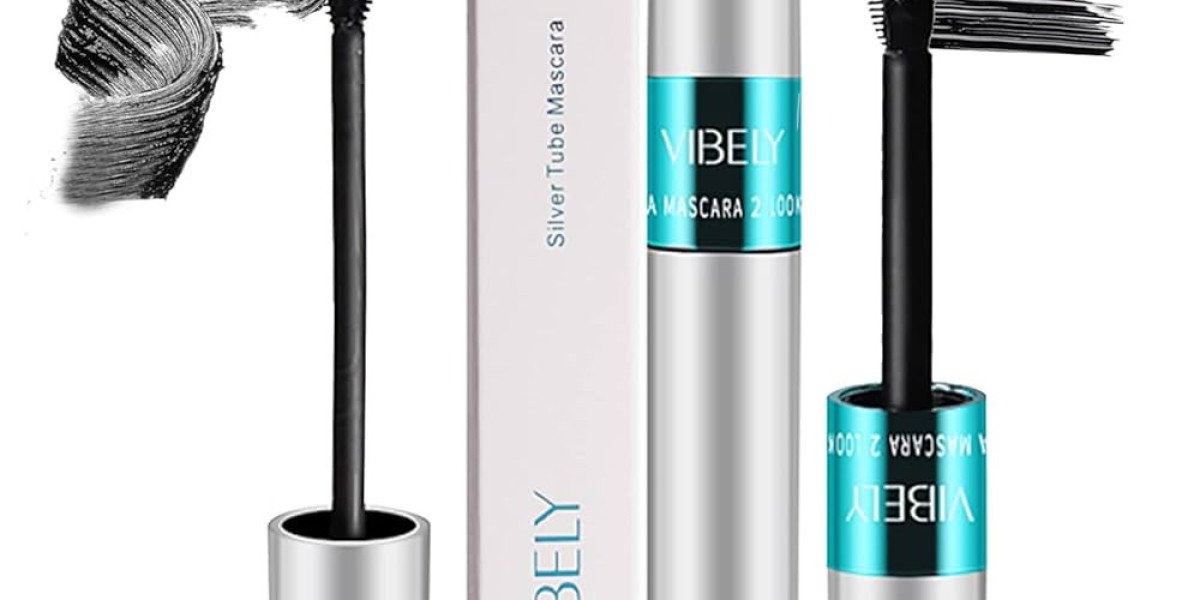Global Anemia Treatment Market Analysis (2025–2033)
The Global Anemia Treatment Market is projected to grow substantially from US$ 11.84 billion in 2024 to US$ 22.45 billion by 2033, registering a CAGR of 7.37% during 2025–2033. Growth is driven by rising prevalence of anemia across all age groups, enhanced awareness campaigns, increasing screening rates, and the availability of advanced therapeutic options. Innovations such as novel erythropoiesis-stimulating agents (ESAs), improved intravenous (IV) iron formulations, gene therapies, and hypoxia-inducible factor prolyl hydroxylase (HIF-PH) inhibitors are transforming treatment paradigms and improving patient outcomes.
With governments and global health agencies emphasizing early detection and nutritional interventions, anemia treatment is becoming a priority area of healthcare investment, especially in developing economies.
Global Anemia Treatment Market Outlook
Anemia is characterized by reduced red blood cell count or hemoglobin levels, impairing oxygen transport throughout the body. Treatments vary by underlying cause and severity, including:
· Dietary adjustments
· Oral iron tablets and multivitamins
· Vitamin B12 or folate supplementation
· Erythropoietin-stimulating agents (ESAs)
· Intravenous iron therapy
· Iron chelation therapy for transfusion-dependent anemia
· Blood transfusions
· Bone marrow transplantation for severe hematological disorders
Iron-deficiency anemia (IDA) remains the most widespread form globally, but rising incidence of anemia linked to chronic kidney disease (CKD), cancers, hereditary hemoglobinopathies, and autoimmune disorders is increasing demand for specialized treatments.
With growing emphasis on preventive health, routine blood testing and supplementation are now encouraged for high-risk groups such as children, women of reproductive age, pregnant individuals, and elderly populations. Effective anemia management is increasingly recognized as essential for improving quality of life, cognitive performance, and overall productivity.
Request a free sample copy of the report:https://www.renub.com/request-sample-page.php?gturl=anemia-treatment-market-p.php
Growth Drivers in the Global Anemia Treatment Market
1. Rising Prevalence of Anemia Worldwide
More than 1.6 billion people globally suffer from anemia, according to WHO. High-burden populations include:
· Women of childbearing age
· Pregnant women
· Children under five
· Elderly individuals
· Patients with chronic diseases (CKD, cancer, autoimmune disorders)
WHO estimates illustrate the global scale:
· Africa: 106 million women, 103 million children
· South-East Asia: 244 million women, 83 million children
Major causes include iron deficiency, vitamin deficiencies, chronic infections, hemoglobinopathies (thalassemia, sickle cell disease), and poor nutritional access in developing countries. This expanding patient pool continues to generate sustained demand for anemia therapies worldwide.
2. Technological Innovations in Treatment Methodologies
Breakthroughs in drug formulations, delivery mechanisms, and new therapeutic classifications are shaping the future of anemia treatment. Key innovations include:
• Advanced IV iron formulations
New IV iron drugs offer improved safety, fewer dosing sessions, and faster replenishment of iron stores.
• Improved ESAs (erythropoiesis-stimulating agents)
Modern ESAs extend dosing intervals, reduce side effects, and offer better control for CKD-related anemia.
• Gene and targeted therapies
Treatments for rare anemias such as thalassemia and sickle cell disease are advancing rapidly.
• HIF-stabilizers (HIF-PH inhibitors)
These emerging drugs stimulate natural erythropoietin production and are gaining traction for CKD-related anemia.
A notable milestone was in August 2023, when the FDA approved Reblozyl® (luspatercept-aamt) for anemia in patients with MDS who are ESA-naïve and transfusion-dependent. Phase 3 COMMANDS results demonstrated superior efficacy versus epoetin alfa, confirming Reblozyl’s potential as a first-line therapy.
3. Growing Healthcare Investments and Awareness
Increasing global healthcare expenditure and stronger anemia awareness campaigns are fueling demand. Governments and NGOs are implementing:
· Nutritional supplementation programs
· Iron fortification initiatives
· Maternal health improvement measures
· School-based anemia screening efforts
In June 2024, the FDA approved RYTELO™ (imetelstat) for transfusion-dependent anemia associated with lower-risk MDS, strengthening treatment availability for chronic cases.
Expanding diagnostic testing capacity, improved screening protocols, and high patient outreach in underserved regions are collectively driving treatment uptake across the world.
Global Anemia Treatment Market Challenges
1. High Treatment Costs and Poor Accessibility
Advanced therapies—such as ESAs, high-dose IV iron, and novel gene-editing approaches—are expensive. In lower- and middle-income countries, barriers include:
· Limited healthcare facilities
· Poor insurance coverage
· Out-of-pocket expenses
· Low availability of specialists
Patients often rely on inexpensive oral iron supplements, which may be inadequate for moderate or severe anemia.
2. Side Effects and Safety Concerns
Many anemia therapies carry known risks:
· Oral iron: Constipation, nausea, gastric irritation
· IV iron: Potential allergic reactions
· ESAs: Cardiovascular risks such as hypertension and thrombotic events
· Frequent transfusions: Iron overload, requiring costly chelation therapy
These complications reduce patient compliance and overall treatment effectiveness.
Key Market Segments
Below are the major treatment-based segments expanding within the global anemia market:
CKD Anemia Treatment Market
CKD-related anemia is one of the largest and fastest-growing segments. CKD patients often experience impaired erythropoietin production, requiring:
· ESAs
· IV iron
· Blood transfusions
· Emerging HIF-PH inhibitors
Rising global CKD prevalence—driven by diabetes, hypertension, and aging populations—is fueling demand for advanced CKD anemia therapies.
Aplastic Anemia Treatment Market
Aplastic anemia, although rare, requires intensive treatments such as:
· Immunosuppressive therapy
· Stem cell transplantation
· Advanced blood transfusion protocols
Growing awareness and expanded access to specialized care are driving the market. However, donor shortages and high treatment costs remain barriers.
Intravenous Iron Anemia Treatment Market
IV iron is crucial for patients who:
· Cannot tolerate oral iron
· Have moderate to severe anemia
· Have CKD, postpartum anemia, or cancer-related anemia
Advantages include rapid absorption and fewer treatment sessions. Adoption is rising due to improved product safety and hospital-based anemia management protocols.
Iron Chelators Market
Iron chelators—such as deferasirox, deferoxamine, and deferiprone—treat iron overload resulting from chronic transfusions in thalassemia, sickle cell disease, and aplastic anemia.
Challenges include:
· High cost
· GI side effects
· Renal toxicity
Oral chelators offer better compliance, and innovation in this field remains key to future market expansion.
Oral Anemia Treatment Market
Oral iron supplements remain the largest and most widely used anemia treatment type globally due to:
· Low cost
· High availability
· Ease of access
· Suitability for mild to moderate IDA
Despite limitations in severe anemia, oral treatments dominate in developing countries where healthcare access is limited.
Country-Level Market Insights
United States
The U.S. market benefits from advanced healthcare infrastructure, high diagnosis rates, and strong adoption of ESAs and IV iron therapies. FDA approvals for new anemia drugs—including Pyrukynd (mitapivat) for pyruvate kinase deficiency (2024)—underscore continuous innovation.
Germany
Germany’s market is driven by early anemia detection, high uptake of IV iron products, and favorable reimbursement. In September 2024, PharmaNutra partnered with Fresenius Kabi to launch SiderAL iron products using patented Sucrosomal® Technology, improving absorption and patient tolerance.
India
India faces one of the world’s highest anemia burdens, especially among women and children. Government programs like Anemia Mukt Bharat and the National Sickle Cell Anaemia Elimination Mission (launched in July 2023) are boosting treatment awareness and availability. Oral iron dominates due to affordability.
Brazil
Brazil’s market is supported by nutritional fortification programs and increased use of IV iron in hospitals. However, regional disparities in healthcare access remain. Public-private initiatives continue to improve treatment availability.
Saudi Arabia
High rates of hereditary anemias—particularly thalassemia and sickle cell disease—drive demand for genetic analysis, iron therapies, and advanced treatments. In August 2025, the Saudi FDA approved PYRUKYND® (mitapivat) for alpha- and beta-thalassemia, marking a significant milestone for regional treatment options.
Market Segmentation
By Disease Type
· Iron Deficiency Anemia
· CKD Anemia
· Sickle Cell Anemia
· Aplastic Anemia
· Thalassemia
· Other Rare Anemias
By Therapy Class
· Oral Iron Supplements
· Intravenous Iron
· ESAs
· Iron Chelators
· HIF-PH Inhibitors
· Others
By Route of Administration
· Oral
· Injectable
By Country
North America
United States, Canada
Europe
France, Germany, Italy, Spain, United Kingdom, Belgium, Netherlands, Turkey
Asia Pacific
China, Japan, India, South Korea, Thailand, Malaysia, Indonesia, Australia, New Zealand
Latin America
Brazil, Mexico, Argentina
Middle East & Africa
Saudi Arabia, UAE, South Africa
Company Analysis (5 Viewpoints)
Overview • Key Person • Recent Developments • SWOT Analysis • Revenue Analysis
Key players include:
· Akebia Therapeutics
· GSK plc
· Vertex Pharmaceuticals
·





